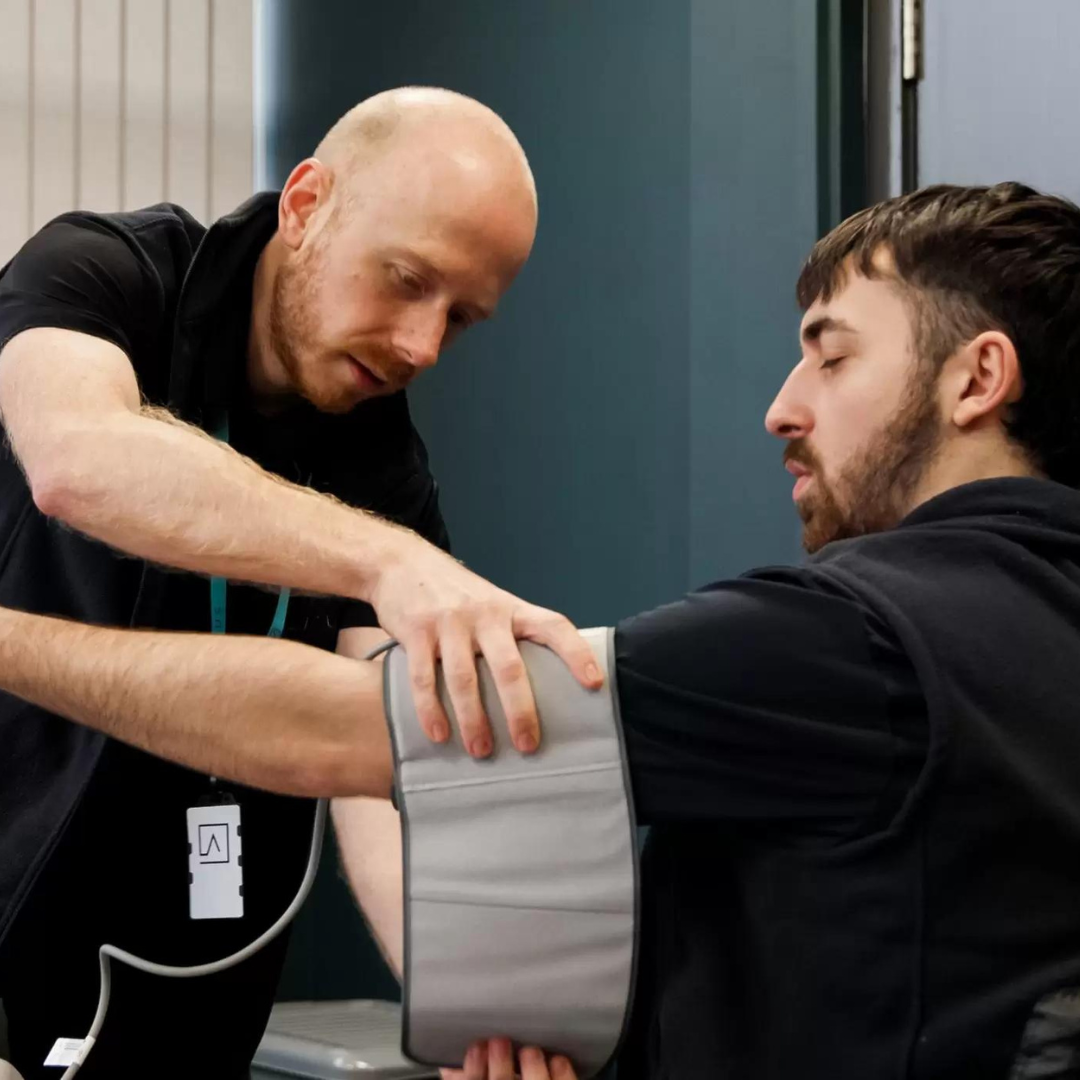Understanding Health Surveillance
Health surveillance is a proactive measure designed to monitor the health of employees to identify and prevent potential health risks associated with their workplace environment. It involves gathering information about employees’ health to ensure they have adequate protection from adverse health effects.
For businesses, regular health surveillance offers numerous benefits, from improving employee morale and productivity to reducing legal risks and costs.
Why is Health Surveillance Important?
Legal Compliance: The Health and Safety at Work Act 1974 and subsequent regulations impose a legal duty on employers to protect the health and safety of their employees. Health surveillance is a key component of fulfilling this obligation. The Health and Safety Executive (HSE) provides guidance on health surveillance requirements for various industries and hazards. Section 2 of the Health and Safety at Work Act 1974 (The Act) stipulates that employers have a general duty of care to ensure, so far as is reasonably practicable, the health, safety and welfare of their employees.
Reduced Legal Risks: By implementing a robust health surveillance program, businesses can minimise their exposure to legal claims and penalties arising from workplace injuries or illnesses. Regular monitoring can help identify and address potential health hazards before they lead to adverse health outcomes.
Improved Employee Morale and Productivity: Employees who feel valued and cared for are more likely to be engaged and productive. Health surveillance demonstrates a commitment to employee well-being and can boost morale. Additionally, early detection and management of health problems can help prevent absenteeism and reduce the overall cost of employee turnover.
Enhanced Business Reputation: A strong health and safety record can enhance a company’s reputation and attract top talent. Investing in health surveillance demonstrates a commitment to ethical business practices and social responsibility.
Cost-Effective: While health surveillance may involve initial costs, it can be a long-term investment. By preventing illness and injury, businesses can reduce healthcare expenses, lost productivity, and legal liabilities.

HSE and Health Surveillance
The Health and Safety Executive (HSE) in the UK plays a crucial role in promoting health and safety in the workplace, including the area of health surveillance. Here are some key aspects of HSE’s involvement:
Legislation: HSE provides guidance on relevant health and safety legislation, such as the Health and Safety at Work Act 1974, which sets out general duties for employers and employees.
Regulations: HSE publishes specific regulations and guidance on health surveillance for various industries and activities, such as the Control of Substances Hazardous to Health (COSHH) Regulations and the Control of Noise at Work Regulations.
Inspections: HSE inspectors conduct regular inspections of workplaces to assess compliance with health and safety laws, including those related to health surveillance.
Enforcement Action: If non-compliance is found, HSE may take enforcement action, which could include issuing improvement notices, prohibition notices, or prosecution.
Helpline: HSE provides a helpline for employers and employees to seek advice on health and safety matters, including health surveillance.
Resources: HSE offers a range of resources, including guidance documents, case studies, and training materials, to support organizations in implementing effective health surveillance programs.
Research: HSE conducts research and development to identify emerging health and safety risks and develop best practices for prevention.
Collaboration: HSE collaborates with industry bodies, trade unions, and other organizations to promote health and safety in the workplace.

What Happens During a Health Surveillance Appointment?
A health surveillance appointment involves a comprehensive assessment of an employee’s health in relation to their specific job role. The process may include:
Medical History Review:
A detailed review of the employee’s medical history, including any pre-existing conditions or previous injuries.
Physical Examination:
A physical examination to assess the employee’s general health and identify any signs or symptoms of health problems.
Specific Tests or Assessments:
Depending on the nature of the employee’s job, this may include:
- Hearing tests, for employees exposed to noise.
- Lung function tests, for employees exposed to respiratory hazards.
- Vision tests, for employees who rely on their vision for their work.
- Musculoskeletal assessments, for employees involved in physically demanding tasks.
- Blood tests, to check for exposure to hazardous substances.
The Benefits of Health Surveillance
Health surveillance offers numerous benefits for both employers and employees:
- Early Detection of Health Issues: Regular monitoring can identify potential health problems at an early stage, allowing for timely intervention and treatment.
- Prevention of Occupational Illnesses: By identifying and addressing health risks, health surveillance can help prevent occupational illnesses and injuries.
- Compliance with Health and Safety Regulations: Health surveillance is often a legal requirement in the UK, ensuring that employers meet their obligations under health and safety legislation.
- Improved Employee Morale and Productivity: A healthy workforce is a more productive workforce. By investing in employee health, employers can improve morale and reduce absenteeism.
- Enhanced Reputation: A commitment to employee health and safety can enhance an employer’s reputation as a responsible organisation.
Specific Industries Benefiting from Health Surveillance
Construction and Manufacturing: These industries often involve exposure to hazardous substances, heavy machinery, and physically demanding tasks. Regular health surveillance can help identify and mitigate risks such as hearing loss, respiratory diseases, and musculoskeletal disorders.
Healthcare: Healthcare workers are exposed to a range of health hazards, including infectious diseases, radiation, and chemical agents. Health surveillance can help protect workers by identifying potential health risks and implementing preventive measures.
Chemical Industry: The chemical industry involves the handling of hazardous substances that can have serious health consequences. Regular health surveillance can help detect early signs of exposure and prevent long-term health problems.
Mining and Quarrying: Workers in these industries are exposed to a variety of health hazards, including dust, noise, and vibration. Health surveillance can help identify and address these risks, reducing the likelihood of occupational illnesses.
Transportation: Transportation workers, particularly those involved in long-haul driving or shift work, are at risk of developing health problems such as back pain, sleep disorders, and mental health issues. Health surveillance can help identify and address these risks.
Latus offers a variety of services to cover all of your Occupational Health and Health Surveillance needs.
- Health Surveillance
- Management Referrals
- Safety Critical and Fit-For-Work Medicals
- Mental Health, Physiotherapy/MSK Clinic
- GP Support
- Workplace Testing and Screening
- Vaccinations
- Biological Monitoring
- First Aid and Mental Health First Aid Training
- Health and Wellness Screening
If you’d like to speak to us about health surveillance, visit our page and contact us with any questions.


